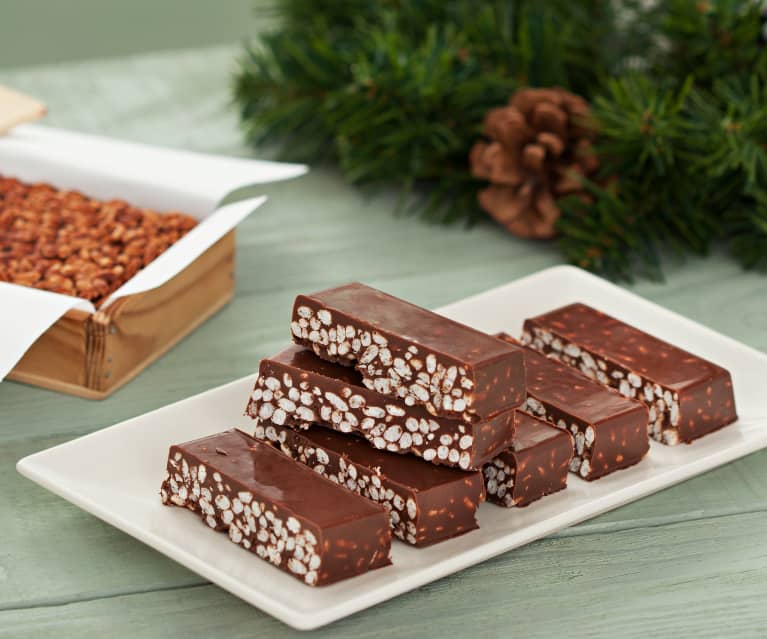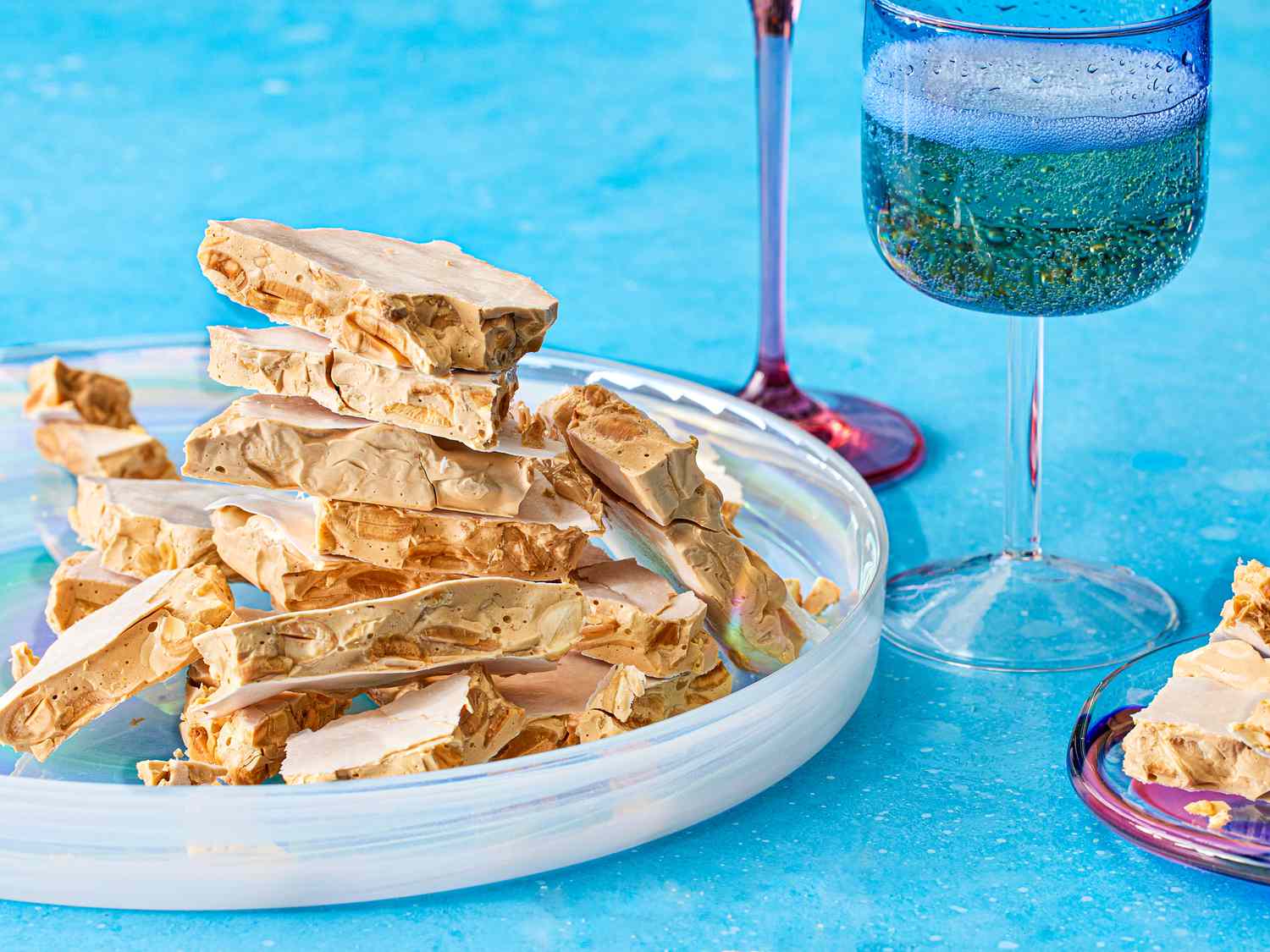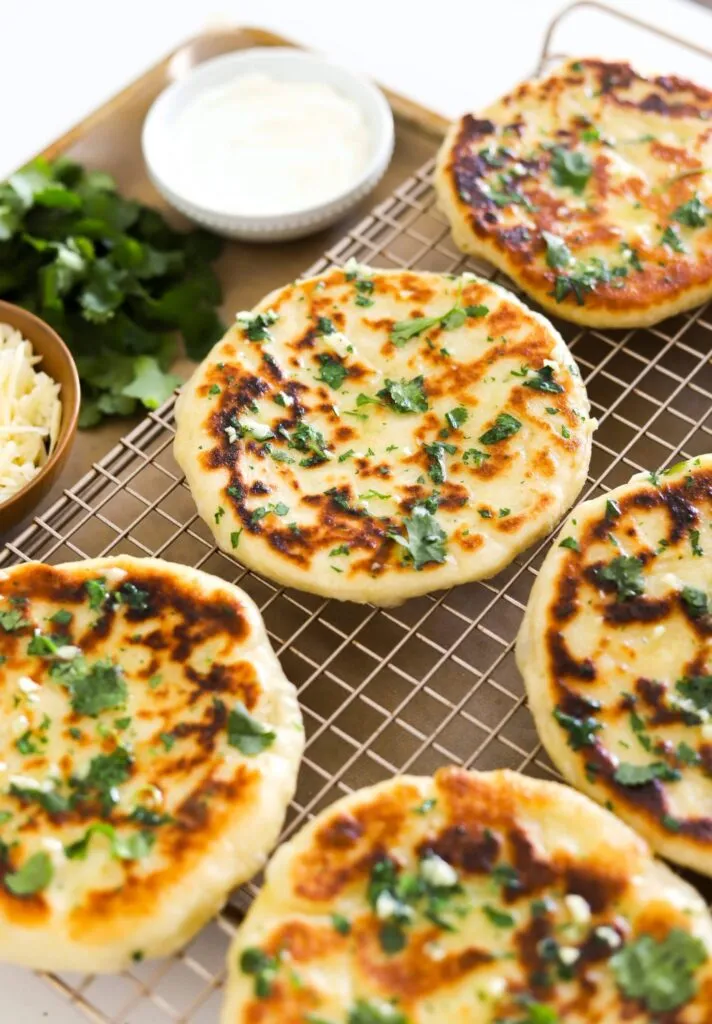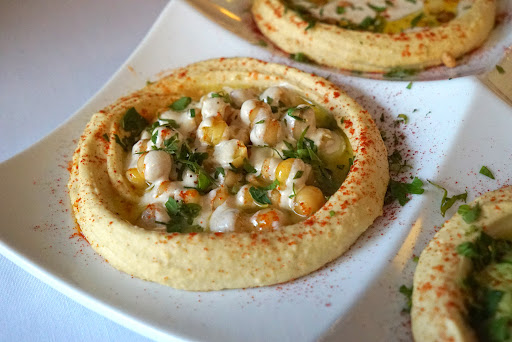The first time I tasted turrón, it wasn’t even in Spain—it was gifted to me around Christmas by a Spanish friend. It came in a gold-wrapped bar, looked simple, and smelled faintly of almonds and honey. But one bite? Crunchy, sweet, nutty—and completely addictive. I had no idea what I was missing out on.
Since then, I’ve made it a poi nt to always grab a few bars around the holidays, and I totally get why it’s one of Spain’s most iconic traditional sweets. So if you’re curious about this unique treat—or just love trying desserts with deep cultural roots—this one’s for you.
🍯 What Is Turrón?

Turrón is a traditional Spanish confection made from:
-
Toasted almonds
-
Honey
-
Sugar
-
Egg whites
It’s nougat-like in texture and flavor but with a distinctly Spanish character. Typically formed into rectangular bars, turrón has two main varieties that differ in texture and taste—but both are beloved throughout Spain, especially during Christmas and New Year’s celebrations.
🥇 Types of Turrón
💎 Turrón de Alicante (Hard Turrón)
Crunchy and packed with whole toasted almonds. It’s made with a stiff white nougat and often sandwiched between thin edible wafer sheets. This one snaps when you break it and is super satisfying for nut lovers.
🍦 Turrón de Jijona (Soft Turrón)
Smooth, rich, and almost fudge-like. The almonds are ground into a paste, resulting in a soft, creamy texture with that unmistakable almond-honey flavor. It melts in your mouth and is especially popular with kids (and people like me who like their sweets a little easier to chew!).
Both are protected by Denomination of Origin labels, so when you see “Jijona” or “Alicante,” you know you’re getting the real deal.
📜 A Bit of Sweet History
Turrón has been around for centuries, with origins believed to date back to Arab influence in the Iberian Peninsula. Recipes using honey, nuts, and egg whites were common in Moorish cuisine, and over time, the technique evolved into what we know today.
By the 15th century, turrón was already being made in Jijona (Xixona) and Alicante, two towns in eastern Spain that still lead the charge in high-quality turrón production.
It’s more than just a dessert—it’s a cultural tradition, a symbol of hospitality, and a festive staple that brings families together during the holidays.
🎄 How Spaniards Enjoy Turrón
While it’s now available year-round in some places, turrón is traditionally a Christmas treat. It’s often served alongside other holiday sweets like polvorones, mantecados, and marzipan.
You’ll find it:
-
On dessert platters after holiday meals
-
With coffee or a glass of cava
-
As a gift (especially the premium artisan versions)
-
Even as an ice cream flavor in modern twists
It’s the kind of sweet that doesn’t require a special occasion—but definitely makes any occasion feel special.
🍫 Modern Flavors and Variations
Traditional turrón is all about almonds, but today’s turrón scene has exploded with creativity:
-
Chocolate turrón (with or without crispy rice)
-
Pistachio or hazelnut versions
-
Turrón with coconut, yema (egg yolk), or candied fruit
-
Creamy spreads for toast or baking
-
Even vegan versions for modern diets
That said, if it’s your first time, start with the classics—they’ve stood the test of time for a reason.
🛒 Where to Buy Turrón
In Spain, turrón is everywhere during the holidays—supermarkets, bakeries, markets. Popular brands include:
-
1880
-
El Almendro
-
Vicens
-
El Lobo
Outside Spain, look for it in:
-
International grocery stores
-
Spanish or Latin food markets
-
Online specialty retailers (especially from November to January)
It’s worth seeking out—just one bite and you’ll understand the hype.
📦 How to Store and Serve Turrón
-
Storage: Keep it in a cool, dry place, sealed. It can last for months unopened.
-
Serving: Slice into small pieces—it’s rich and filling! Serve on a dessert board with fruit, nuts, or dark chocolate.
Pro tip: Don’t refrigerate unless it’s a chocolate-based version. Room temp keeps the texture just right.
✅ Why You’ll Love Turrón
Turrón isn’t just sweet—it’s elegant, nostalgic, and deeply satisfying. Whether you go for the hard crunch of Alicante or the soft melt of Jijona, you’re tasting a piece of Spanish tradition.
It’s:
-
Made with simple, natural ingredients
-
Loaded with nutritional value from almonds
-
Perfect for gifting, sharing, or sneaking a piece late at night
-
A must-try if you love international sweets




